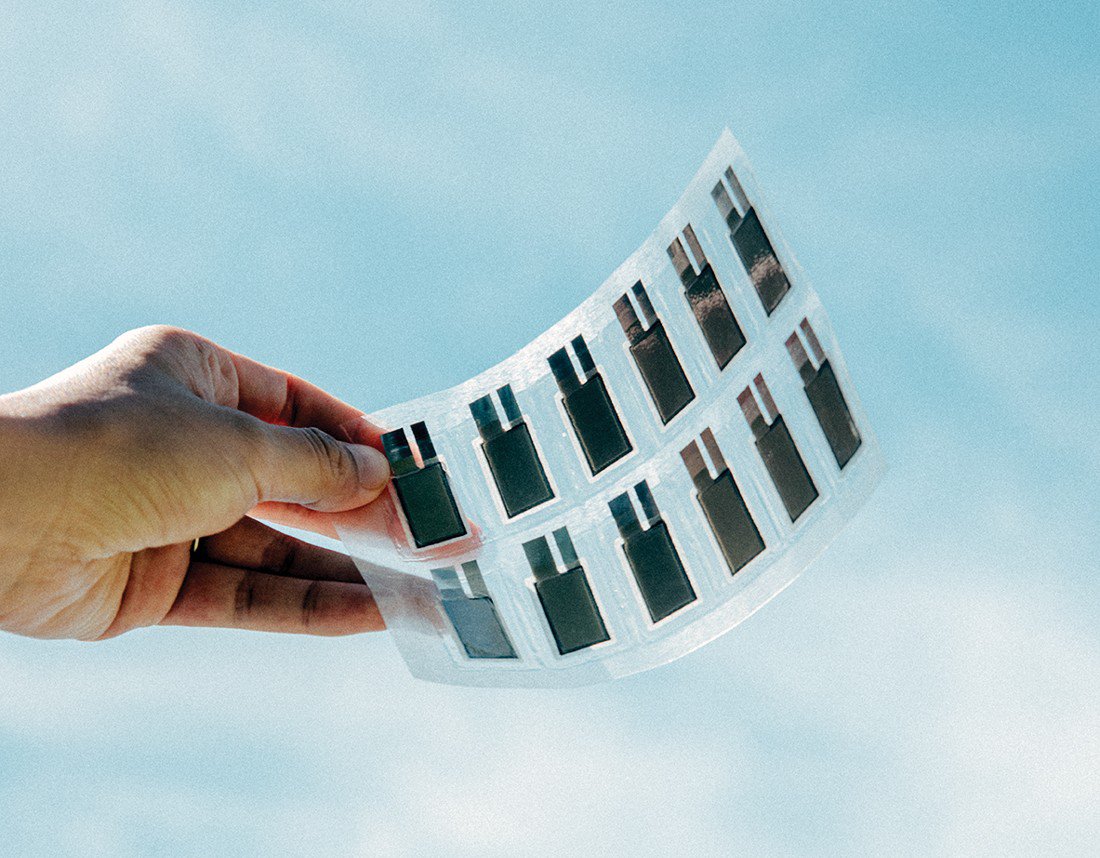Computer & electronics hardware
Christine Ho
Her startup is commercializing thin, flexible, printable batteries that she developed at UC Berkeley.
Photos by Timothy O’Connell

Latin America
Juan Manuel Lopera
His army of innovative professors can revolutionize education in low resource areas

Asia Pacific
Pulkit Jaiswal
The Power of Full Drone Autonomy

Europe
Matthieu Claybrough
His crowd of drones identifies problems on the surface of a plane in just 20 minutes

Asia Pacific
Joseph Fitzsimons
Secure Computation in a Quantum World

